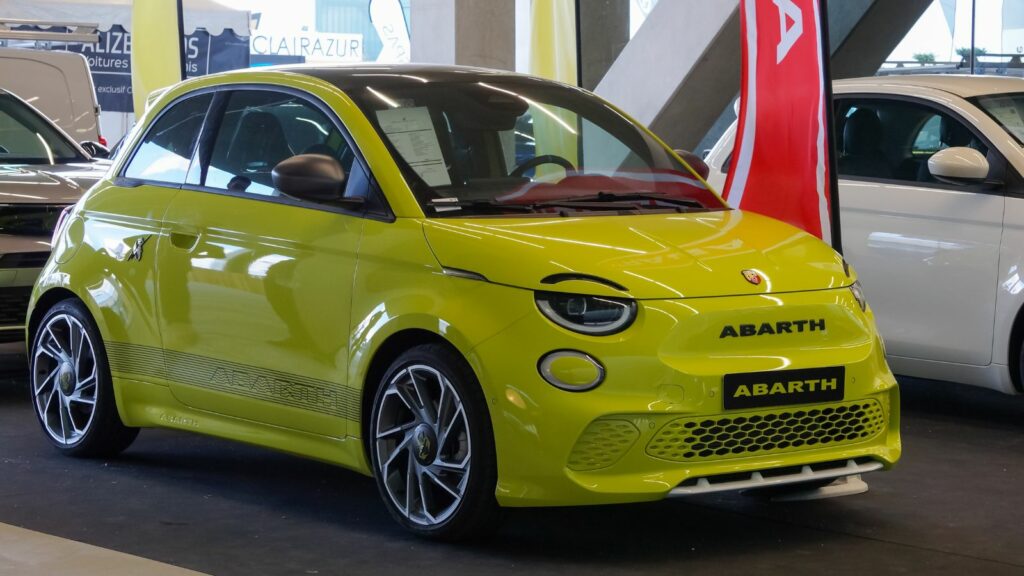Compact cars may be small, but they are brimming with bold personalities. These mini marvels—from agile hatchbacks to premium small sedans—seamlessly blend innovation, design sophistication, and performance that defies their size. In this article, we explore 23 compact cars that have redefined the notion of being small yet mighty, showcasing how these vehicles deliver exceptional value, style, and functionality without compromise.
Mini Cooper
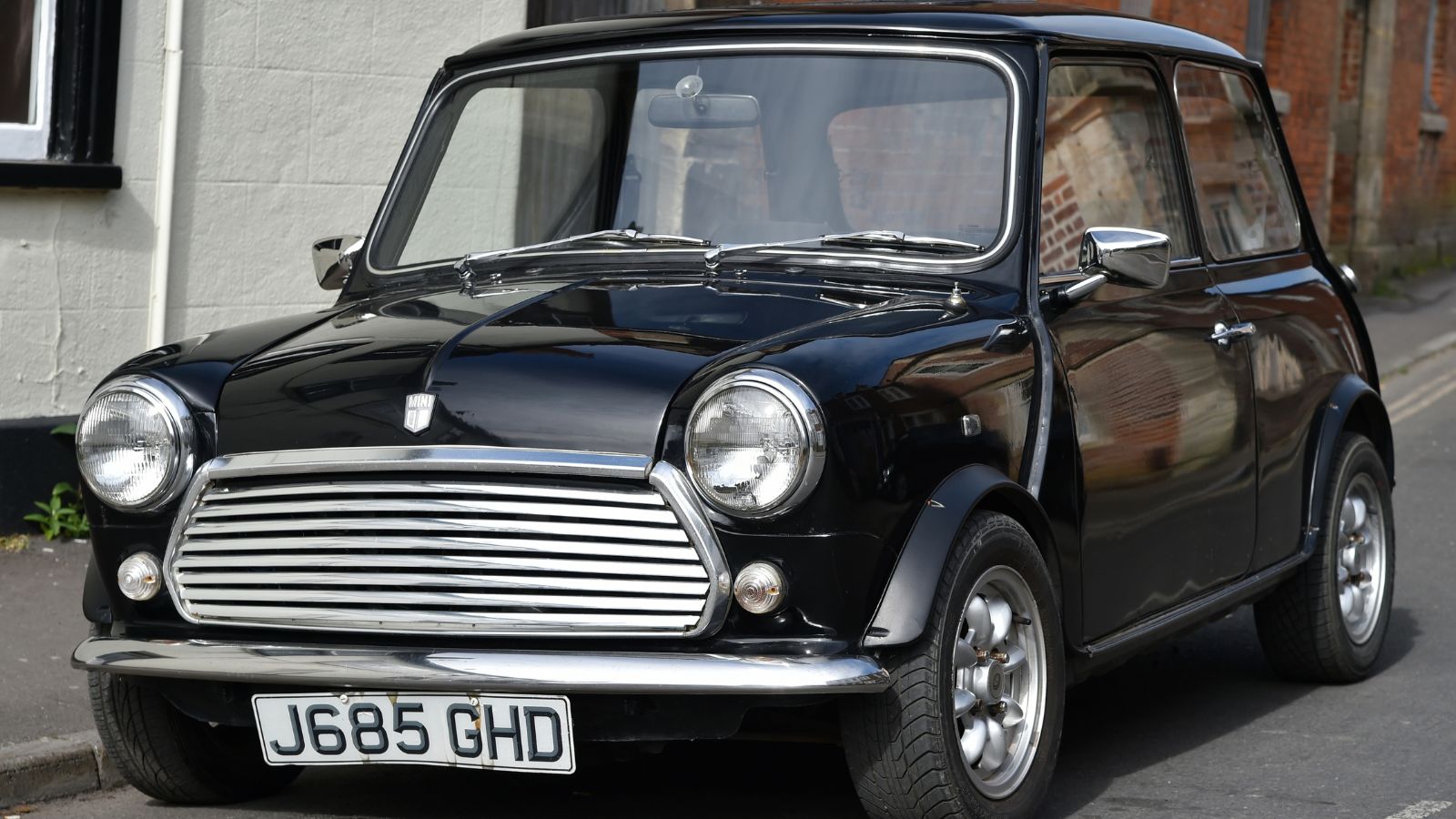
The Mini Cooper, one of the most iconic compact cars ever, debuted in 1959 with an innovative design by Alec Issigonis. Equipped with a modest 848cc engine, this British marvel revolutionized automotive engineering by prioritizing interior space within a compact exterior through a groundbreaking front-wheel-drive layout. Its minimalist interior offered practicality, with essential controls within easy reach. Although its 0-60 mph time was a modest 18 seconds, the Mini’s agile, go-kart-like handling earned it widespread acclaim and cemented its status as a cultural icon.
Volkswagen Golf GTI
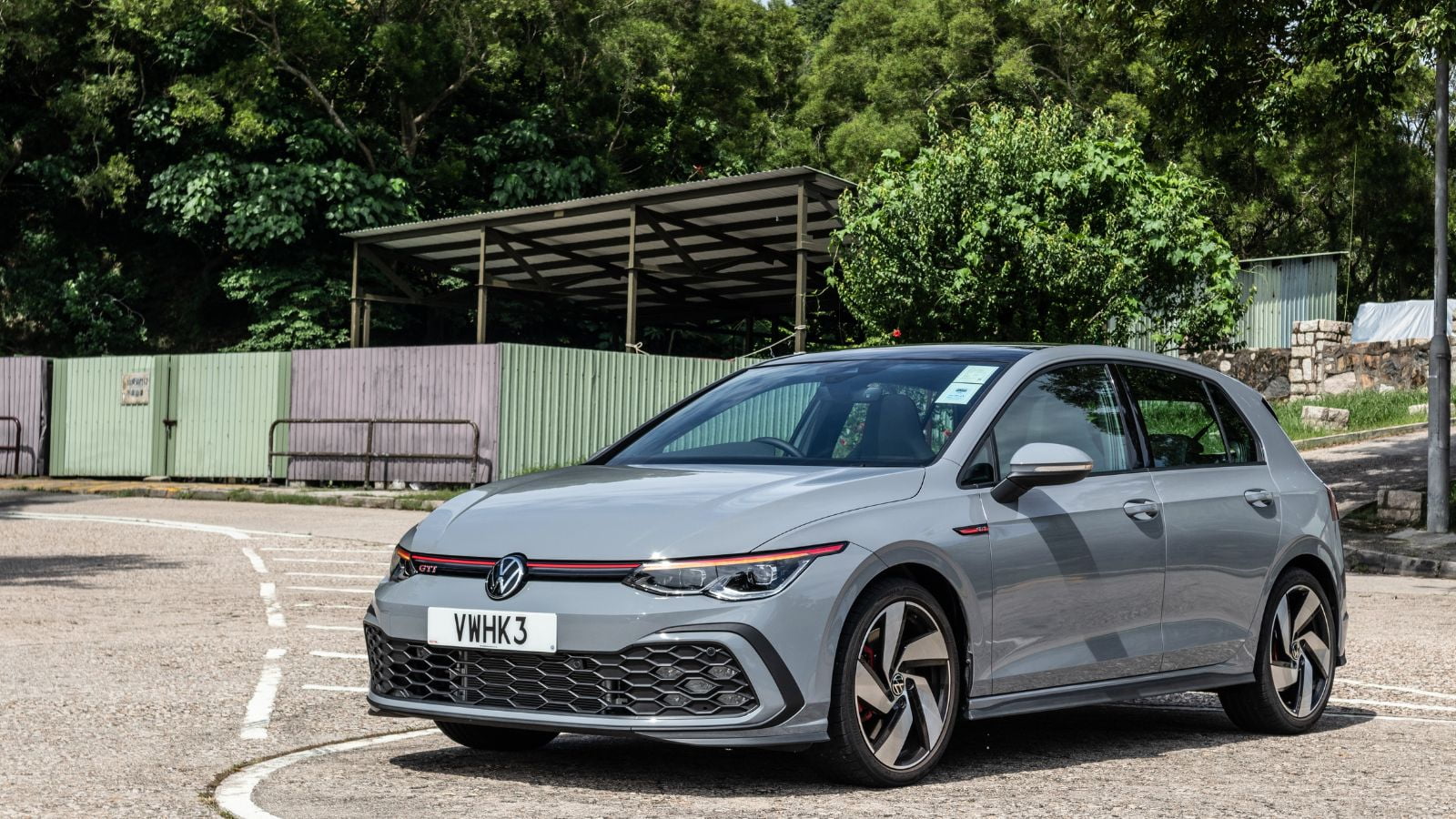
Launched in 1976, the Volkswagen Golf GTI revolutionized the automotive world with its 1.6L inline-four engine and innovative design by Giorgetto Giugiaro. Its standout features included plaid seats and a sporty steering wheel, blending style with practicality. Capable of accelerating from 0 to 60 mph in just 9 seconds, the GTI shattered stereotypes, proving that compact cars could deliver thrilling performance and driving pleasure.
Honda Civic
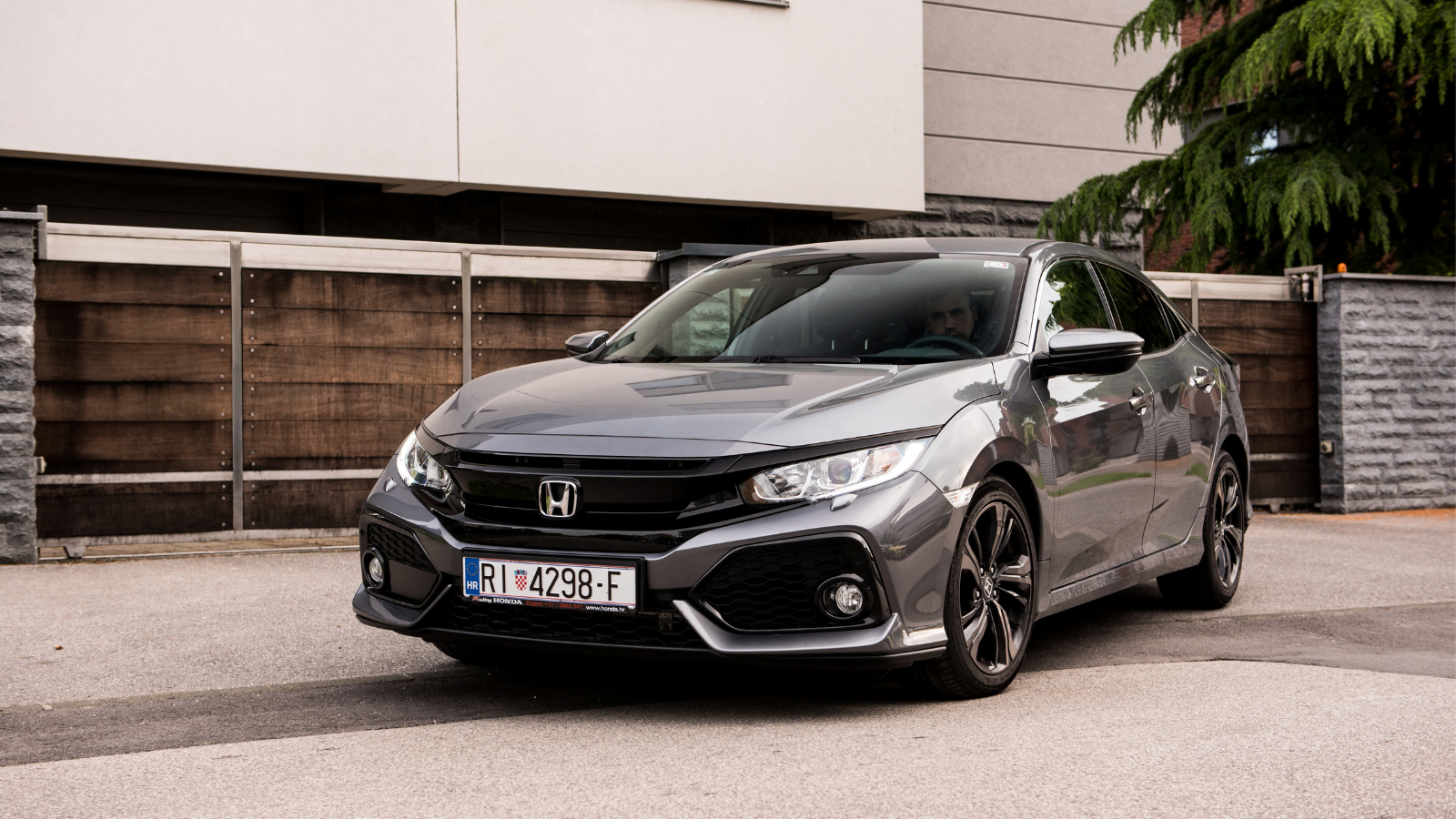
The Honda Civic, introduced in 1972, revolutionized the compact car market by combining reliability, affordability, and innovation. Its efficient 1.2L engine delivered impressive fuel economy, while the thoughtfully designed interior maximized space and comfort. The straightforward, user-friendly dashboard enhanced its appeal, making it accessible to many drivers. With a 0-to-60 mph time of approximately 14 seconds, the Civic offered competitive performance for its era, solidifying its reputation as one of the world’s most trusted compact cars.
Fiat 500
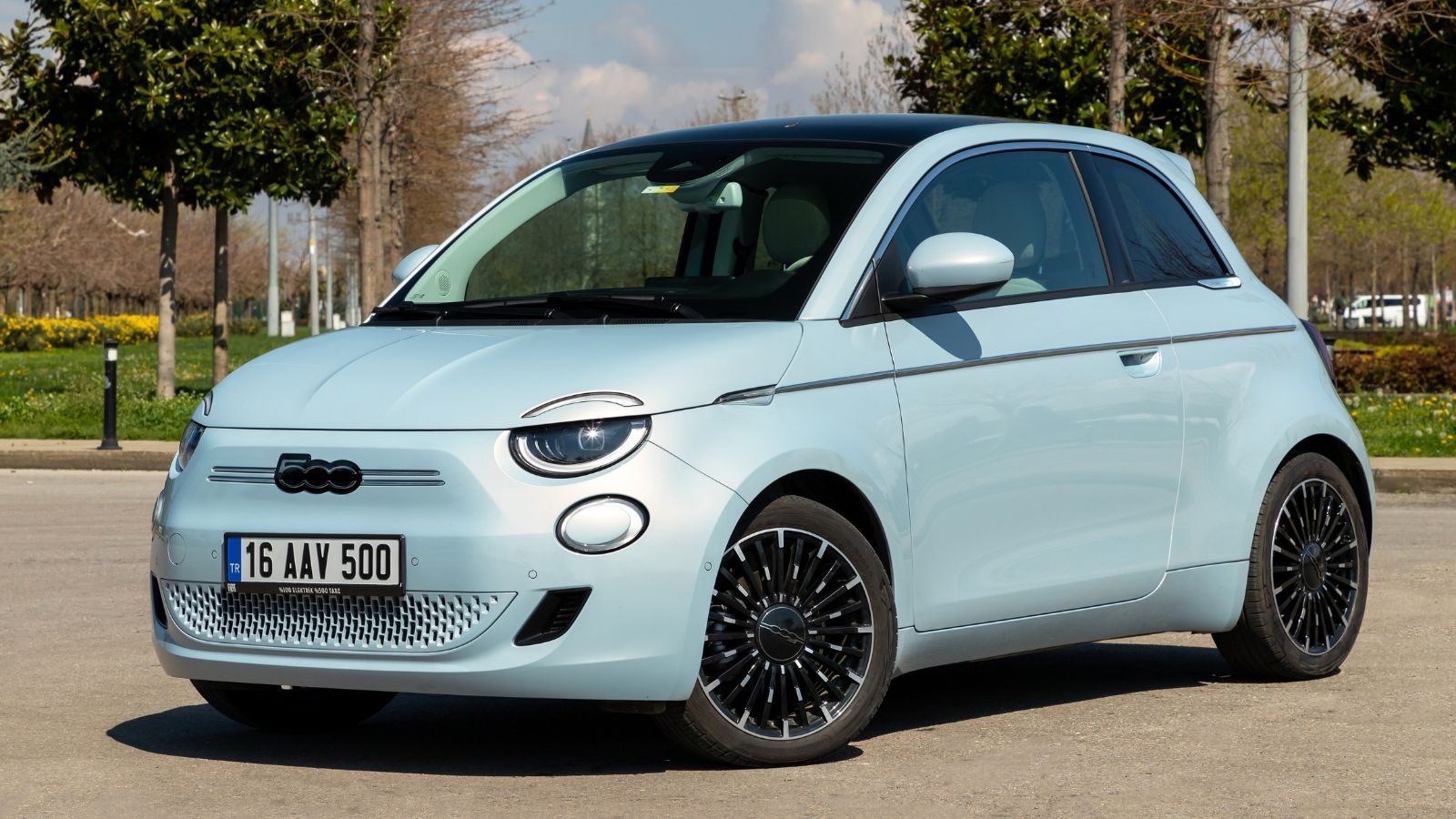
Fiat’s iconic 500, launched in 1957, brought a touch of Italian elegance to the compact car market. Designed by Dante Giacosa, its 479cc engine and foldable seats prioritized charm and urban functionality over speed, achieving a modest 0-60 mph time of around 43 seconds. The 500 quickly became a cultural icon, celebrated for its quirky design and practicality.
Toyota Corolla
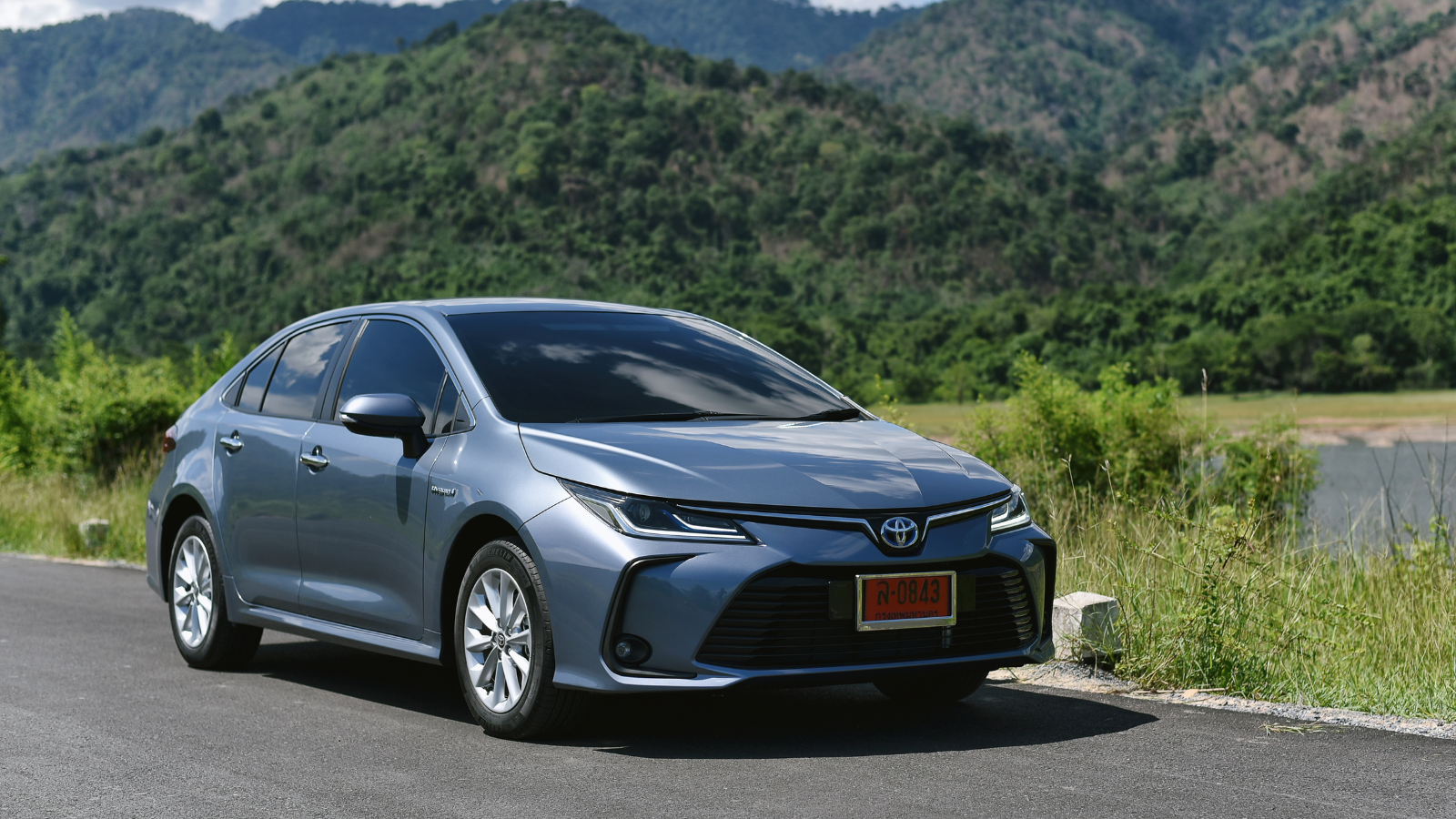
Introduced in 1966, the Toyota Corolla rose to global fame for its unmatched reliability and practicality. Equipped with a 1.1L engine, it offered a comfortable, durable interior and a 0-60 mph time of about 15 seconds. While not a performance powerhouse, its longevity cemented its status as one of the most beloved compact cars worldwide.
Mazda MX 5 Miata
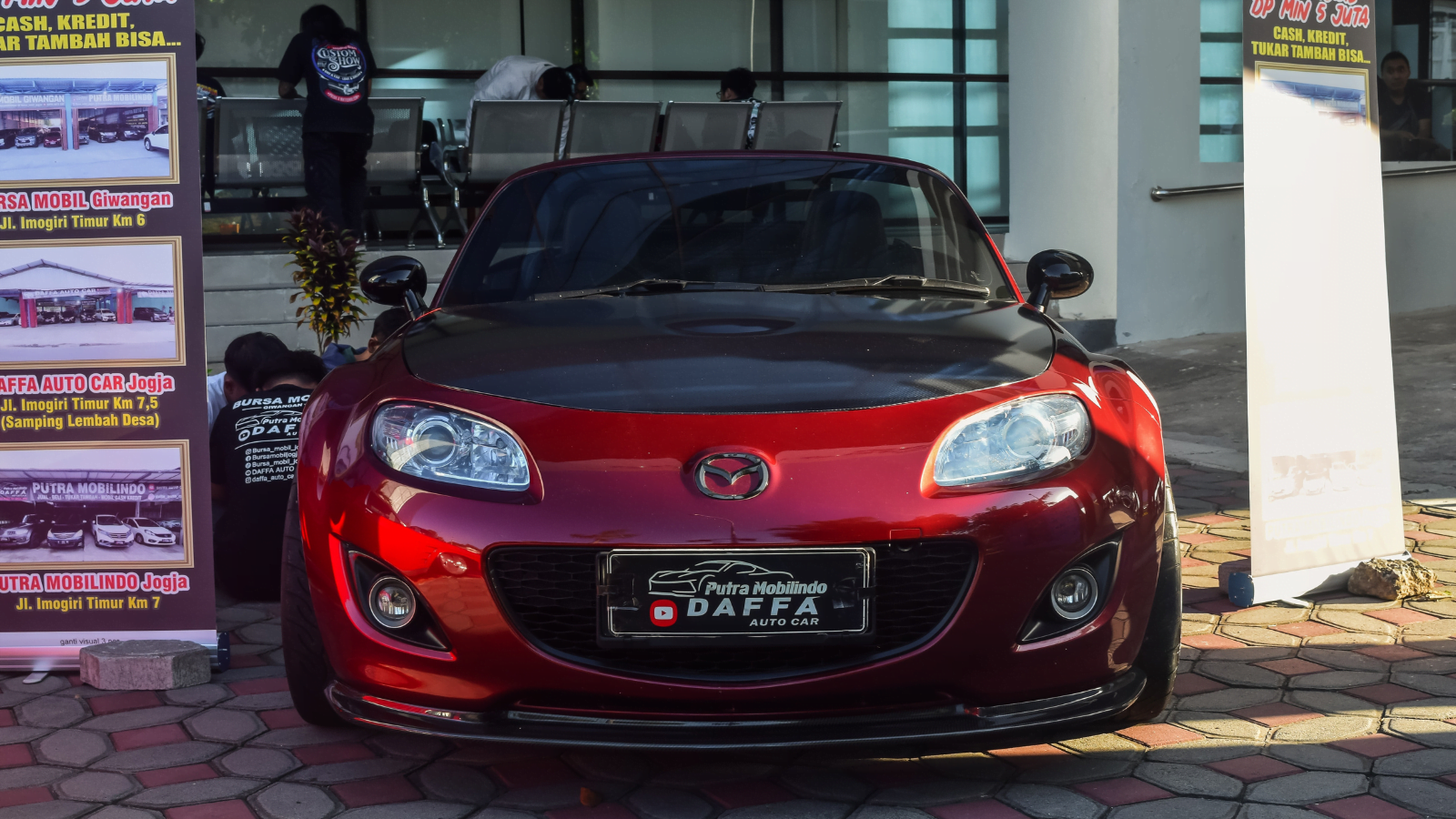
The Mazda MX-5 Miata, debuting in 1989, redefined the compact car market by offering a classic sports car experience. Its 1.6L inline-4 engine and lightweight design enabled a lively 0-60 mph time of approximately 9 seconds. The Miata symbolizes fun, freedom, and connection to the road with a driver-focused interior and a timeless roadster design.
Renault Clio
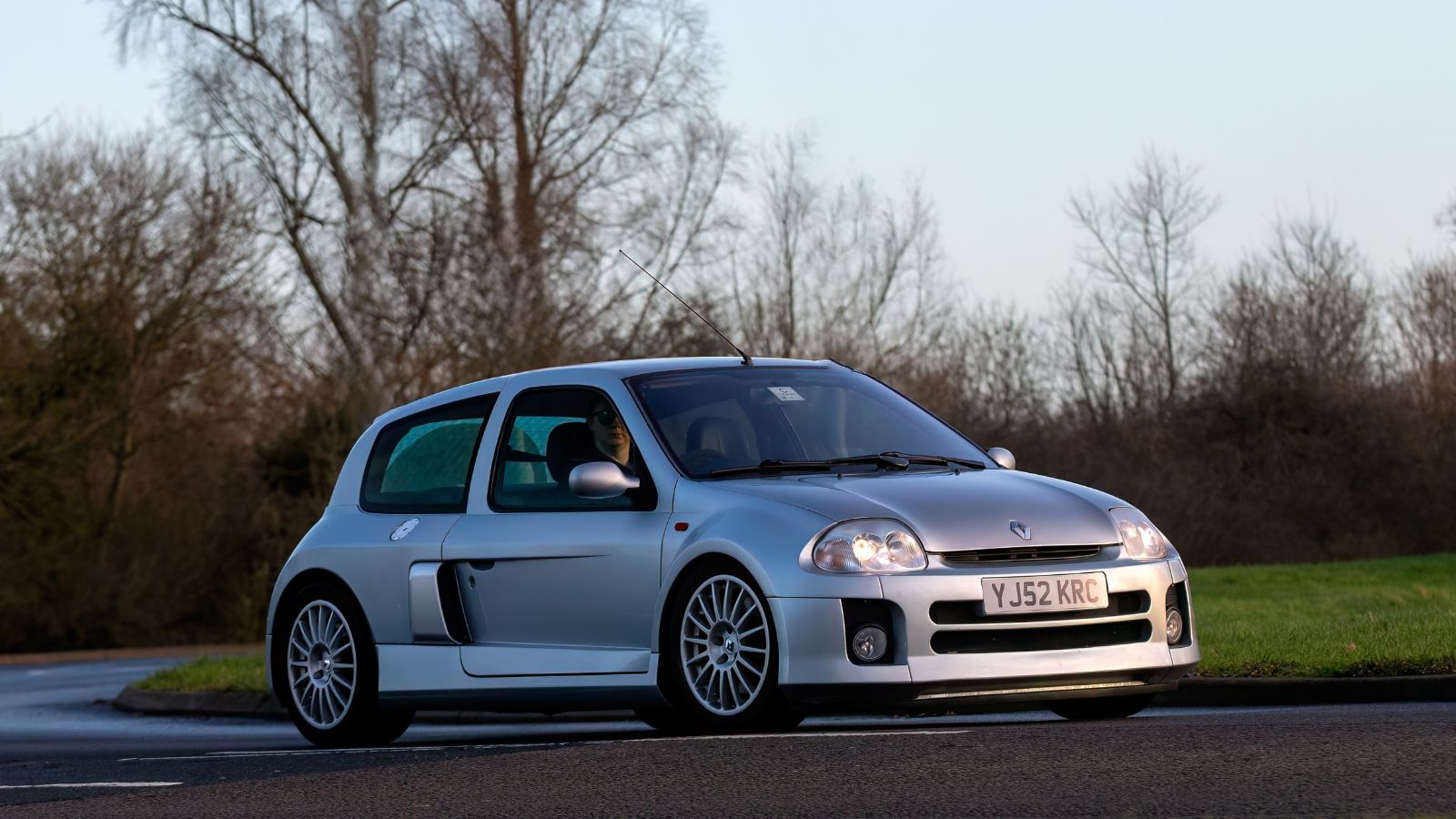
First launched in 1990, the Renault Clio became a European favorite, blending style and practicality with a dash of performance. The Williams edition featured a 1.8L 16-valve engine and delivered an impressive 0-60 mph of 7.9 seconds. Inside, the Clio’s uncluttered, comfortable design offered a perfect balance of sophistication and functionality for city drivers seeking a touch of French flair.
Ford Fiesta ST
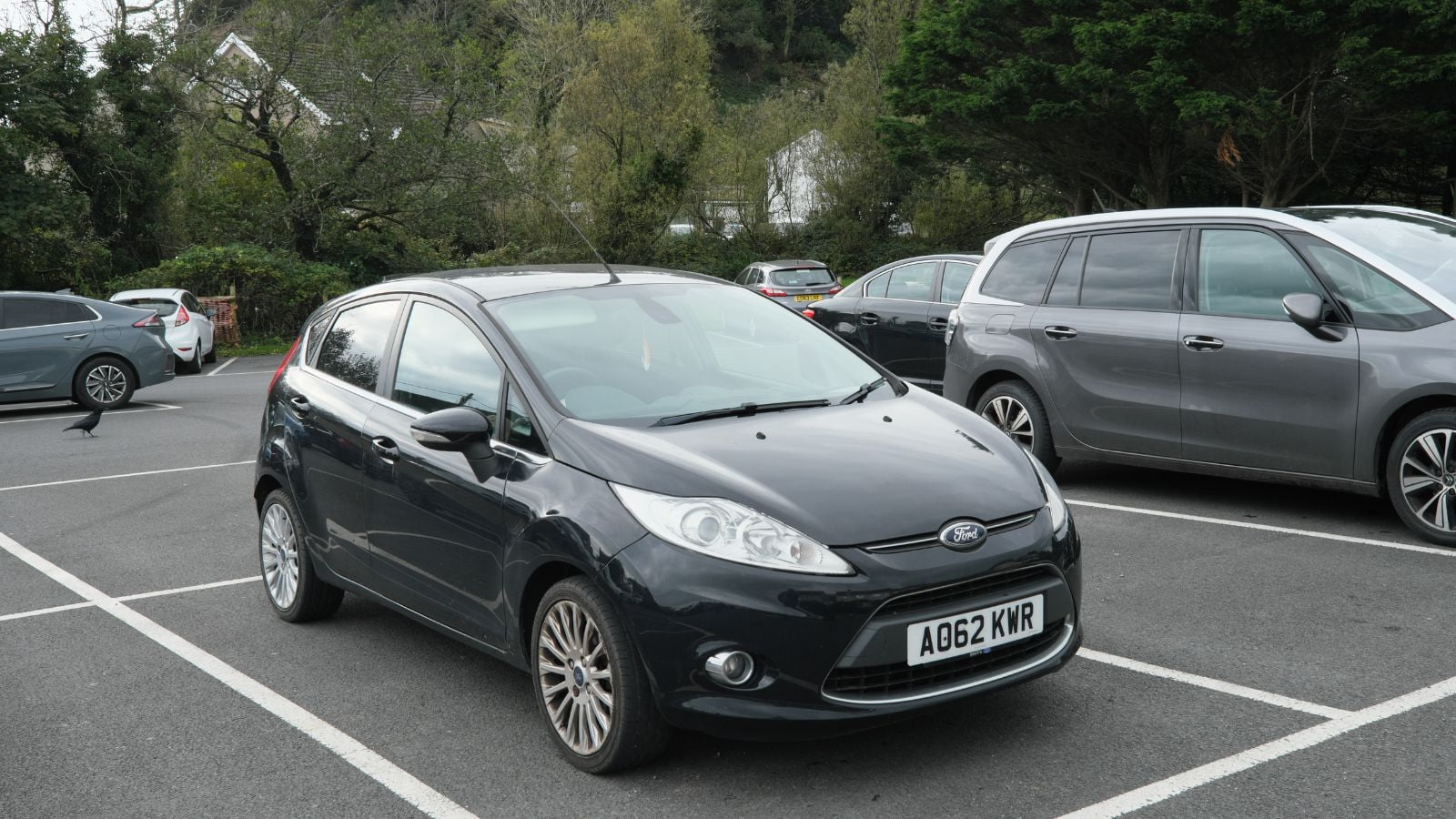
Debuting in 2004, the Ford Fiesta ST immediately impacted with its sporty 2.0L engine and rally-inspired design crafted by Ford Europe. The interior featured bolstered seats and a driver-centric dashboard, delivering an athletic vibe that matched its spirited performance. With a 0-60 mph time of just 7.6 seconds, the Fiesta ST quickly became a favorite among enthusiasts seeking exhilarating driving experiences without breaking the bank.
Peugeot 205 GTI
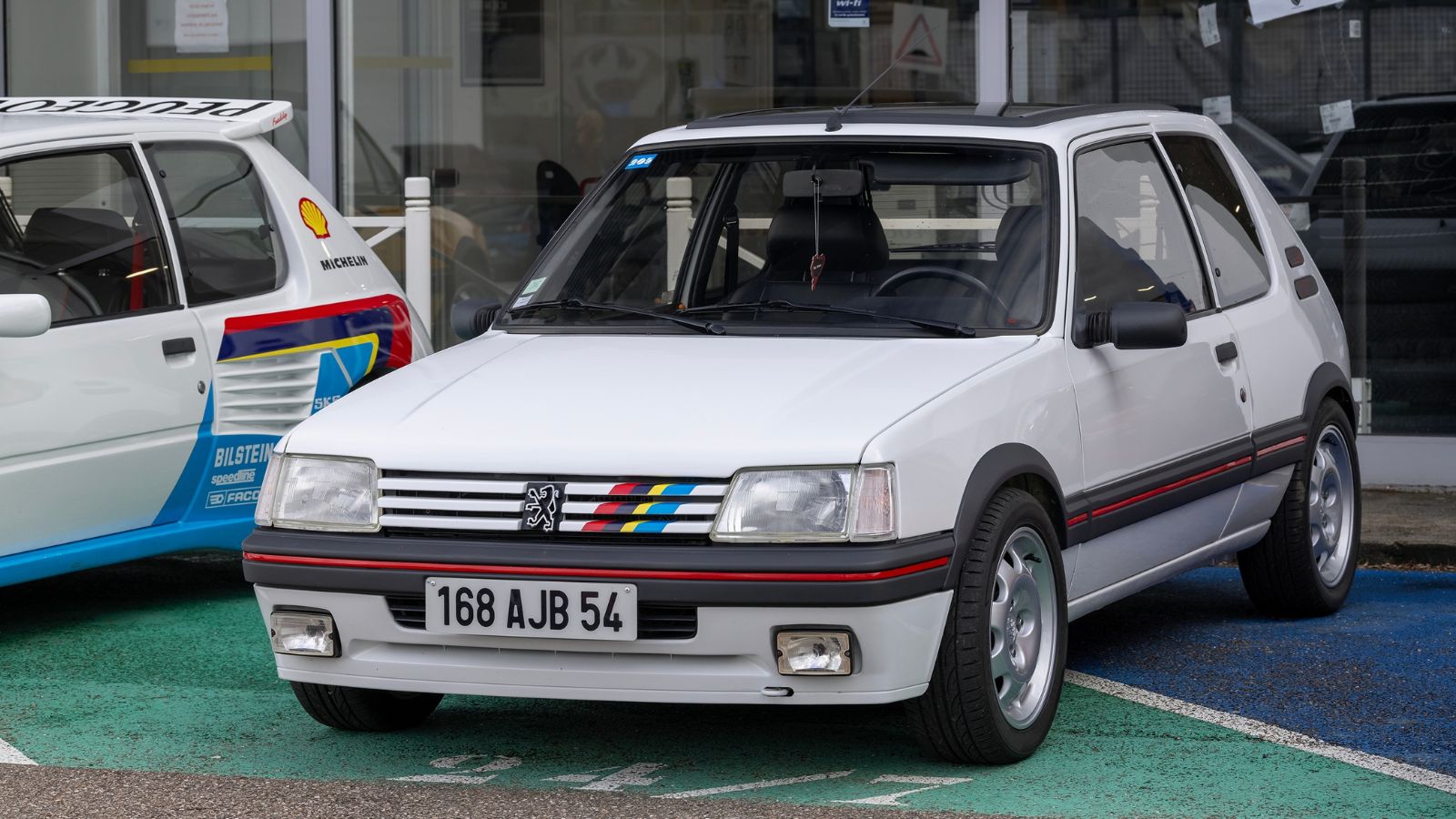
Launched in 1984, the Peugeot 205 GTI was France’s answer to the burgeoning hot hatch market. Initially powered by a 1.6L engine that later evolved into a more robust 1.9L version, the 205 GTI could achieve a 0-60 mph time of around 7.8 seconds. Inside, its sporty design featured high-contrast gauges and supportive seats, reinforcing its performance-focused character. Renowned for its nimble handling and timeless appeal, the 205 GTI remains a legend among automotive enthusiasts.
Audi A3
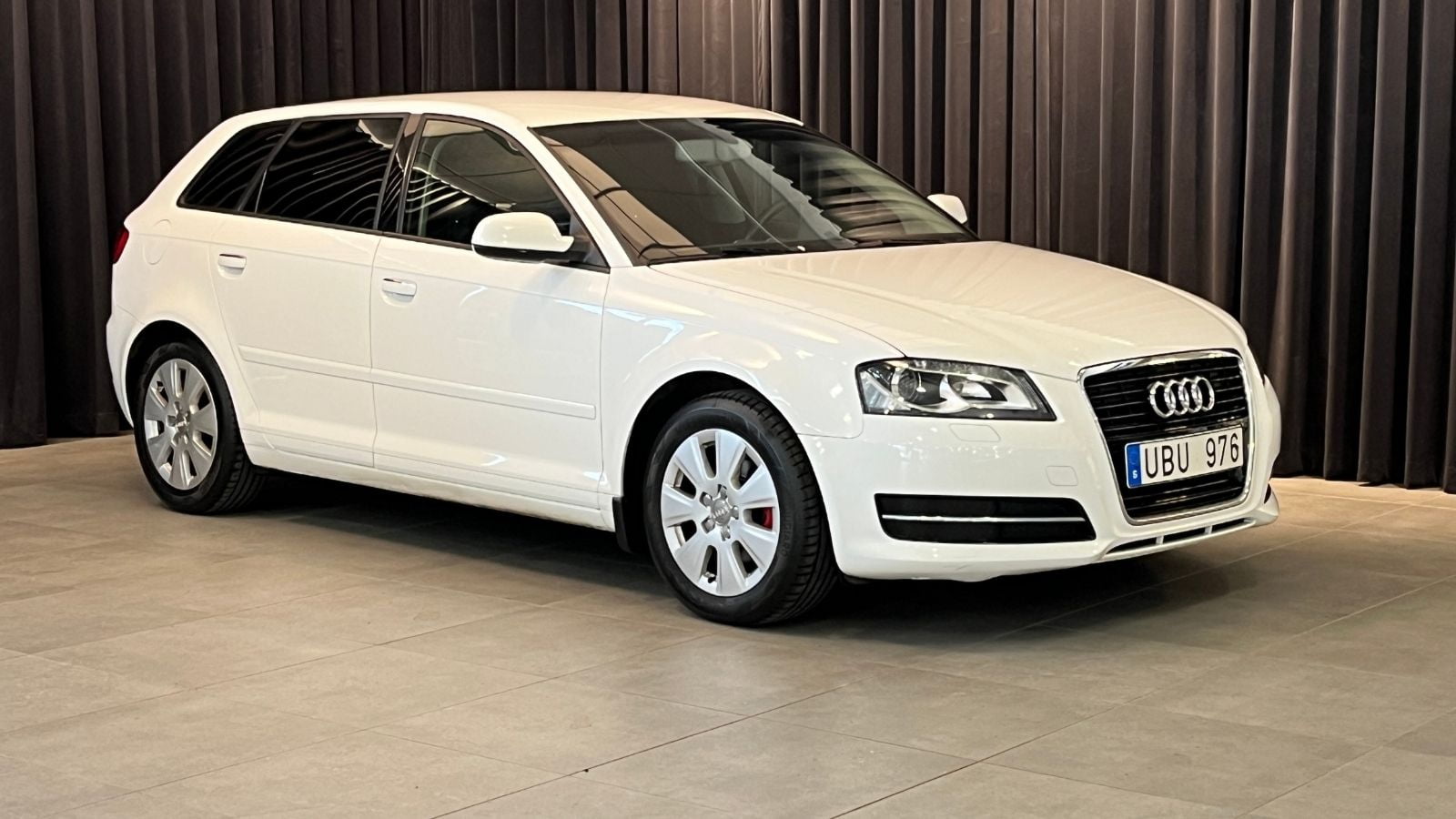
When the Audi A3 debuted in 1996, it redefined the compact car segment by introducing a touch of luxury. With options such as a 1.8L turbocharged engine, the A3 boasted an impressive 0-60 mph of 7.4 seconds. Its interior showcased refined materials, ergonomic design, and a focus on comfort, proving that compact cars could seamlessly blend practicality with sophistication. The A3 set a new benchmark for what drivers could expect from a premium compact vehicle.
Nissan March/Micra
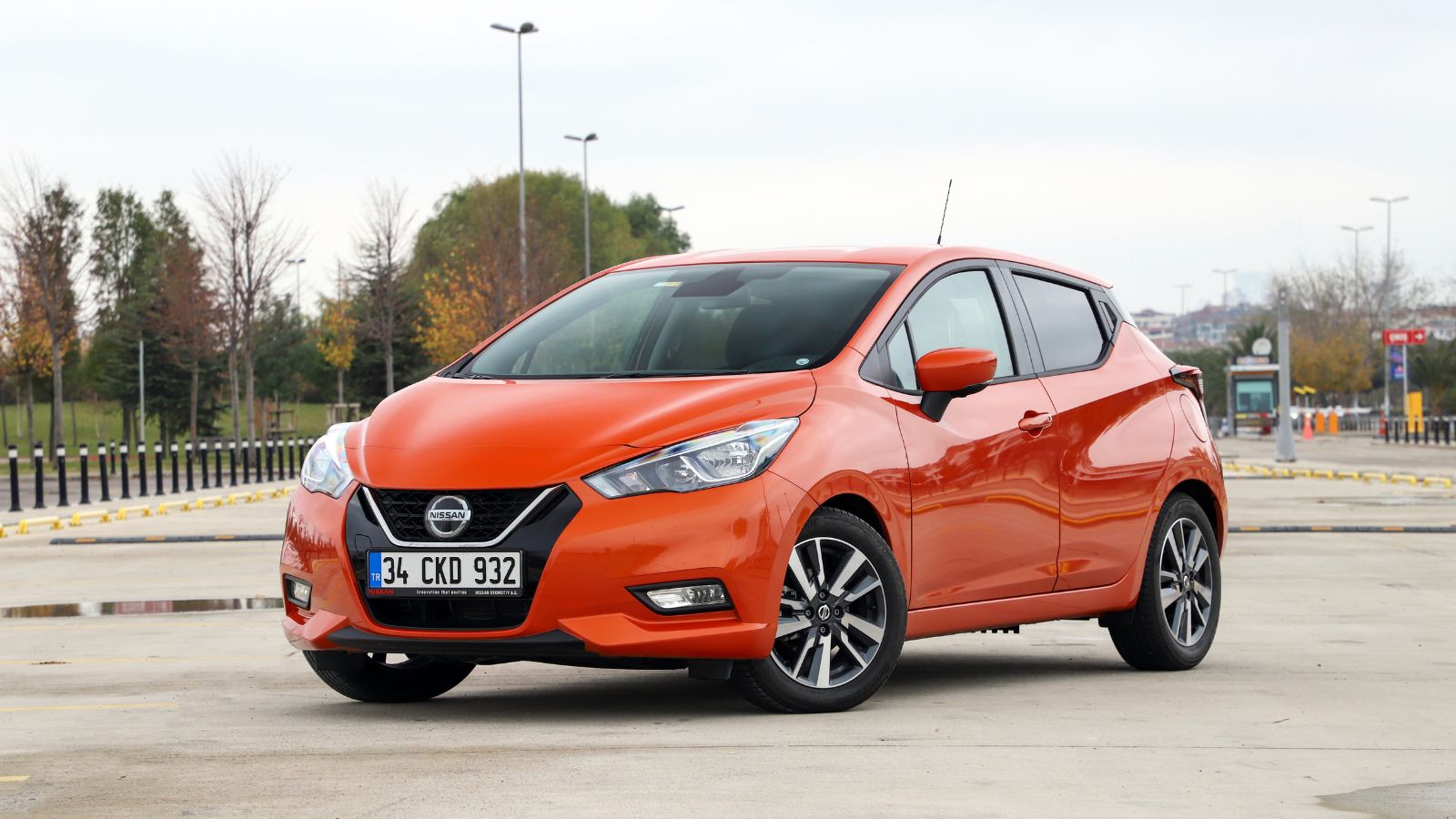
Introduced in 1982, the Nissan Micra, known as the March in Japan, prioritized economy and efficiency. Equipped with a modest 1.0L engine, it excelled as a city car, offering simplicity and durability to withstand the rigors of urban life. While its 0-60 mph time of approximately 16 seconds left speed enthusiasts wanting, its reliability and practicality made it a beloved choice for city dwellers worldwide.
Suzuki Swift Sport
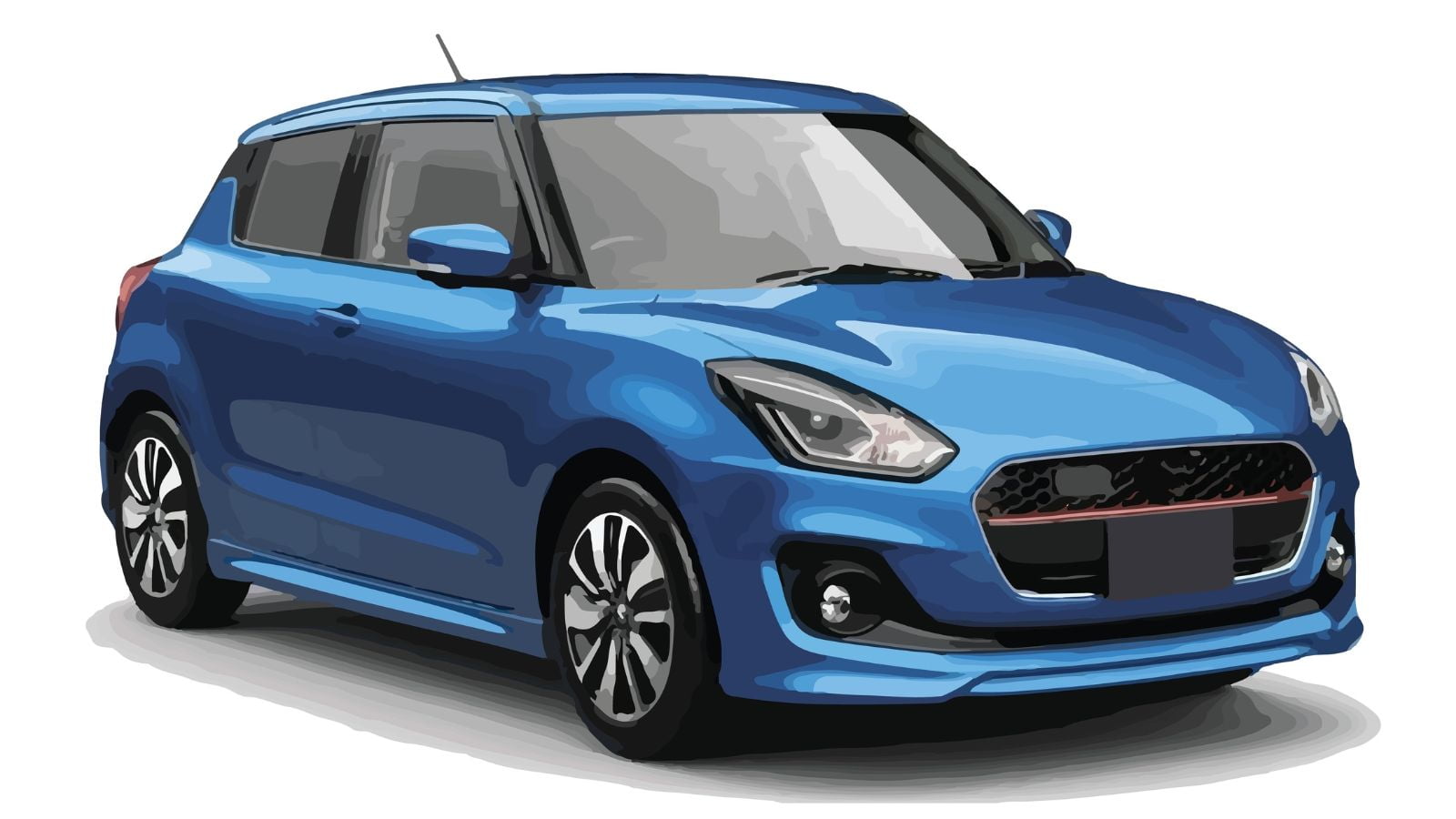
Suzuki’s Swift Sport, launched in 2005, brought a zippy and fun experience to the compact car market. Its 1.6L engine, paired with a lightweight body, delivered a 0 to 60 mph time of 8.9 seconds. The interior was sporty yet functional, with a clean design that put everything within easy reach for the driver.
Chevrolet Spark
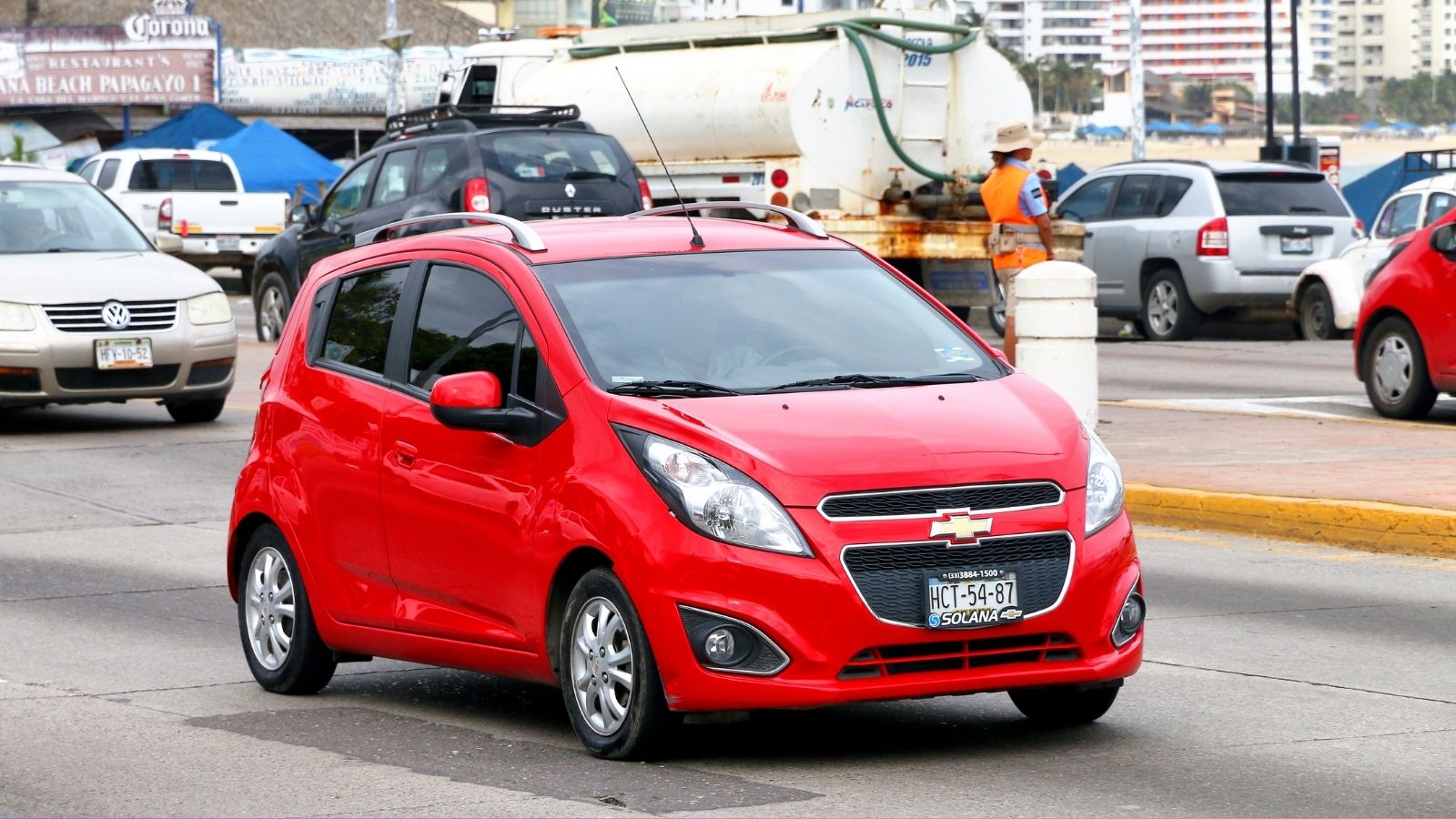
The Chevrolet Spark debuted in 2009 as a budget-friendly compact city car. With a 1.2L engine and a 0 to 60 mph time of around 11 seconds, the Spark prioritized practicality over performance. Its interior maximizes limited space with flexible seating and tech features tailored for urban convenience.
Hyundai Accent
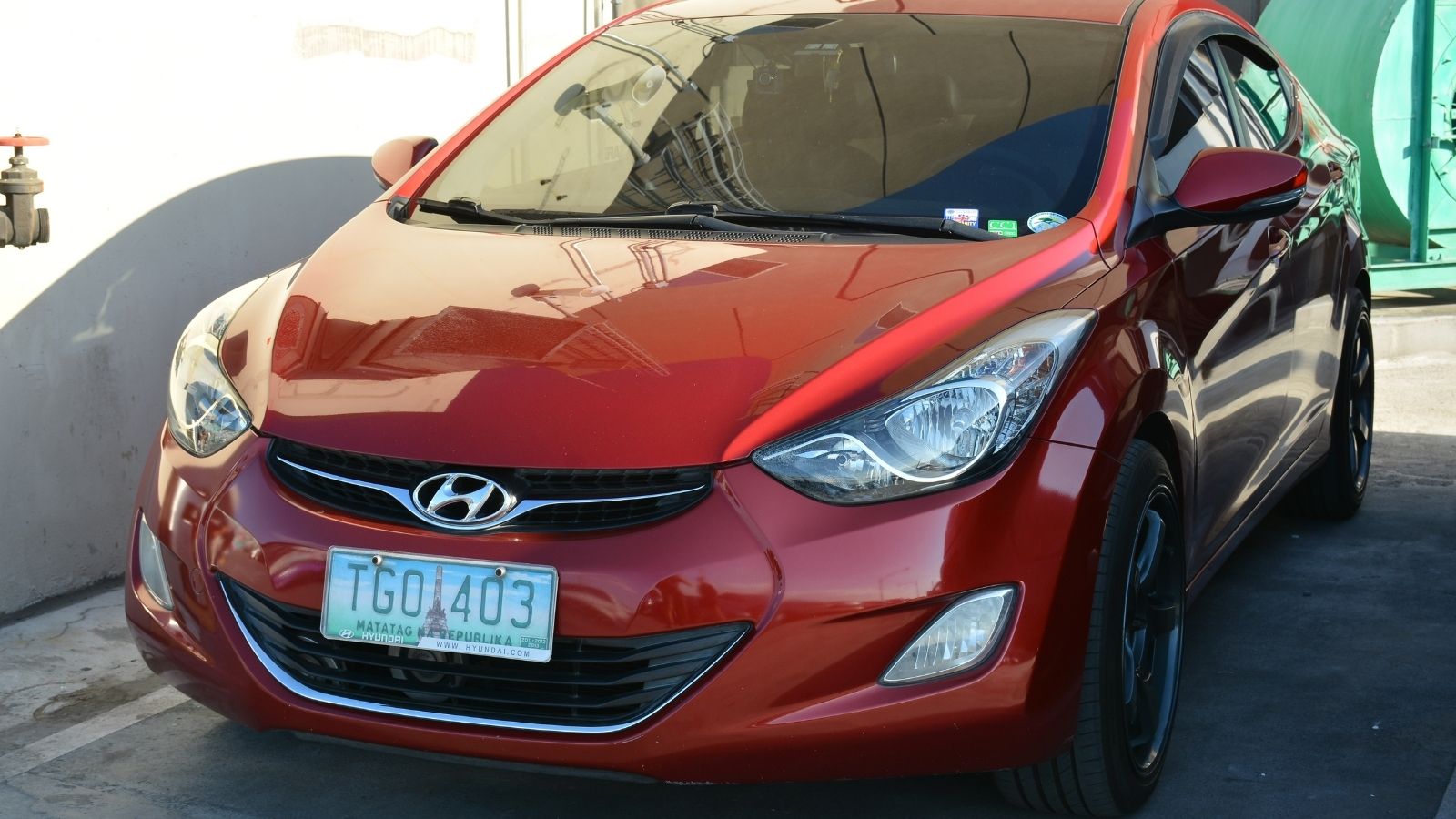
Hyundai’s Accent, launched in 1994, became synonymous with affordability and reliability in the compact segment. Equipped with a 1.5L engine, the Accent focused on practicality rather than speed, with a 0 to 60 mph time of approximately 12 seconds. Inside, it featured a straightforward and roomy interior, making it a solid choice for budget-conscious buyers.
Kia Rio
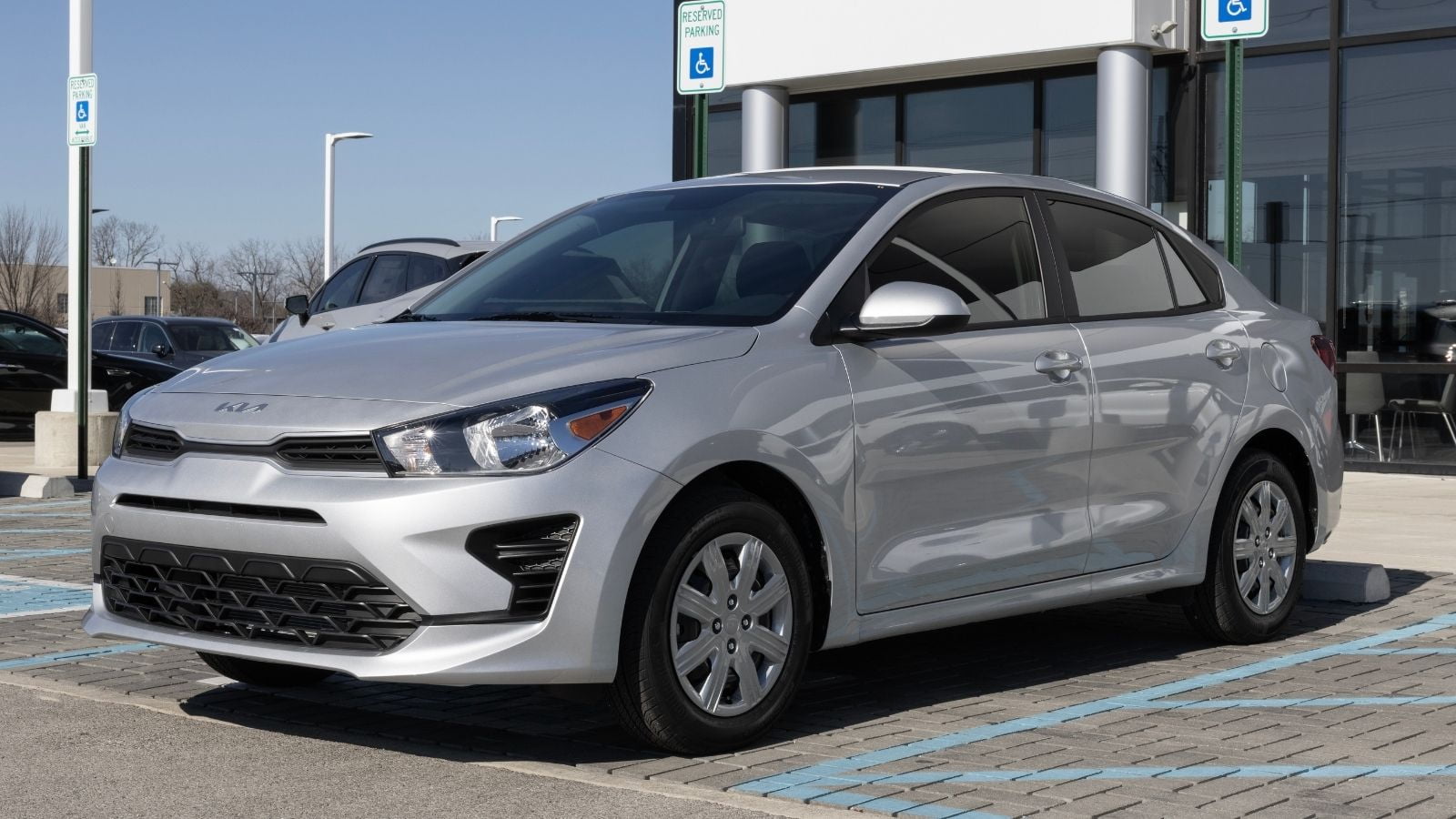
The Kia Rio, introduced in 2000, offered a no-frills, budget-friendly ride. Its simple 1.5L engine provided dependable performance for city driving. The interior emphasized functionality, prioritizing simplicity and durability over luxury. With a 0 to 60 mph time of around 12 seconds, the Rio remains a reliable option for those seeking affordability.
Smart Fortwo
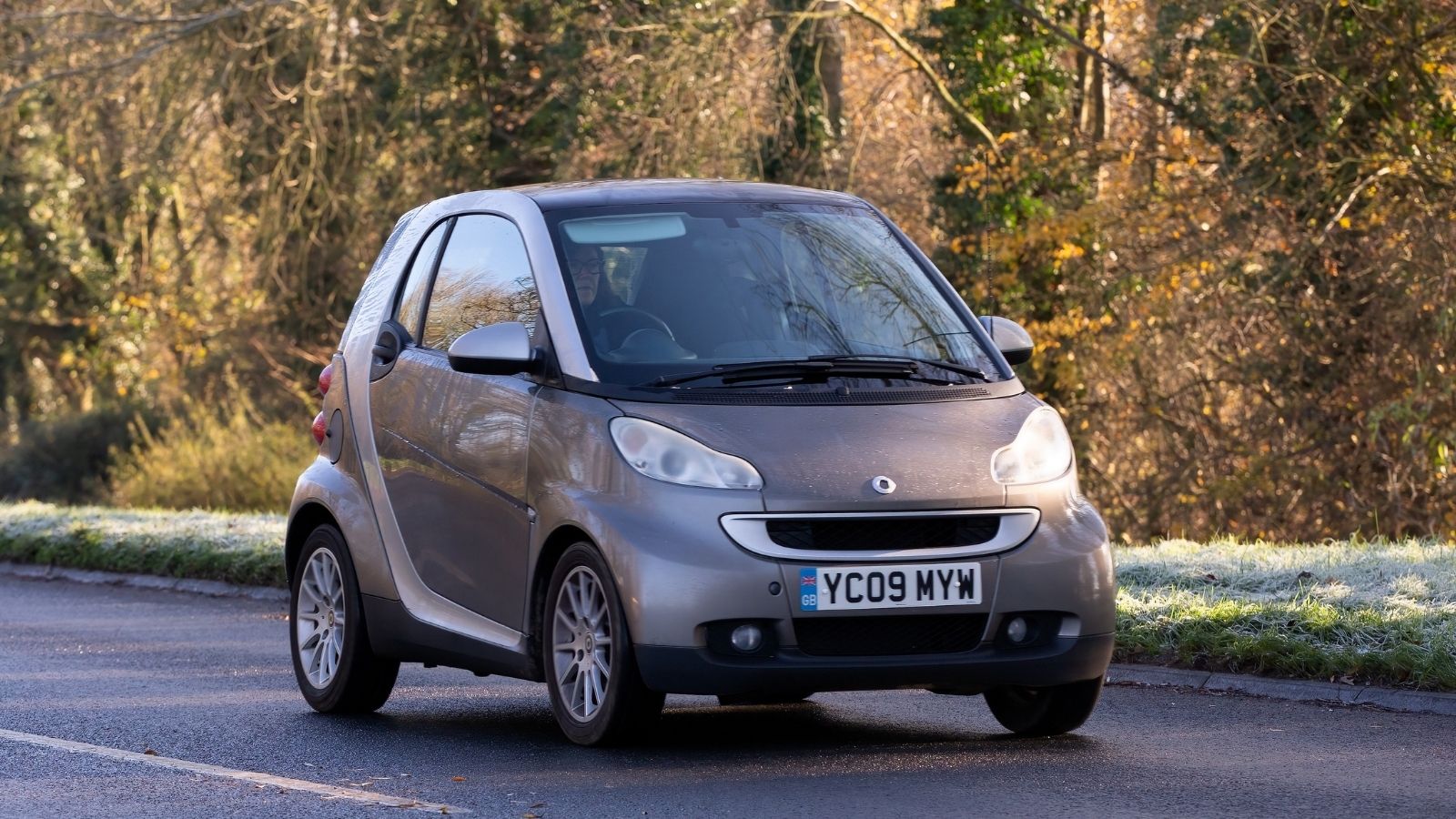
Smart’s Fortwo, launched in 1998, redefined compact cars with its ultra-small frame and 0.6L engine. Designed for tight urban spaces, the Fortwo’s 0 to 60 mph time of 15 seconds reflects its city-centric focus. Its minimalist interior was a snug fit, offering just enough space for two passengers, showcasing extreme efficiency in a compact design.
BMW 1 Series
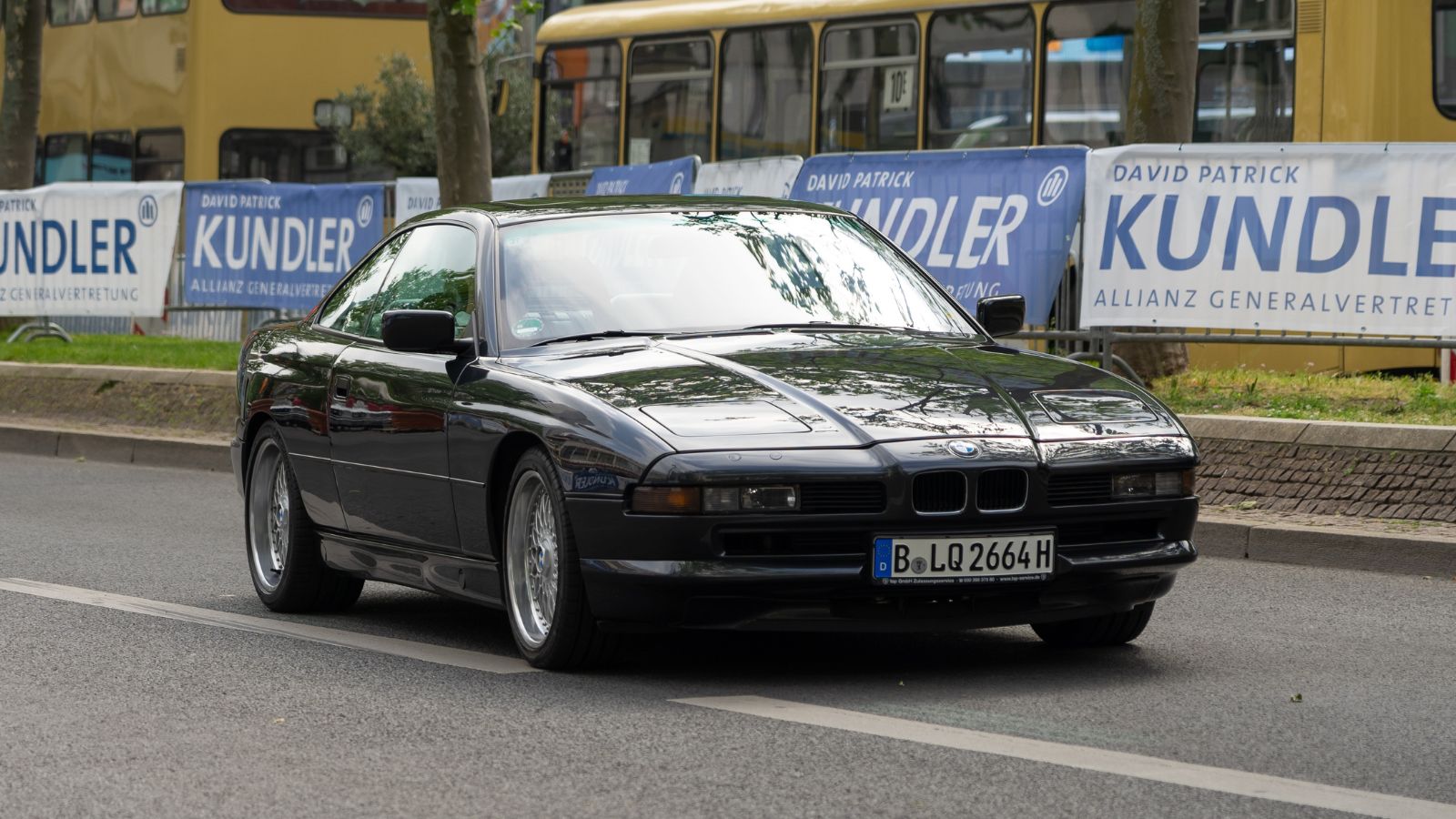
The BMW 1 Series, launched in 2004, brought German luxury to the compact class. Featuring a 3.0L inline-six engine option, the 1 Series boasted an impressive 0 to 60 mph of 5.7 seconds. Inside, it exuded sophistication with high-quality materials and a driver-focused layout, redefining the concept of compact luxury.
Honda Fit
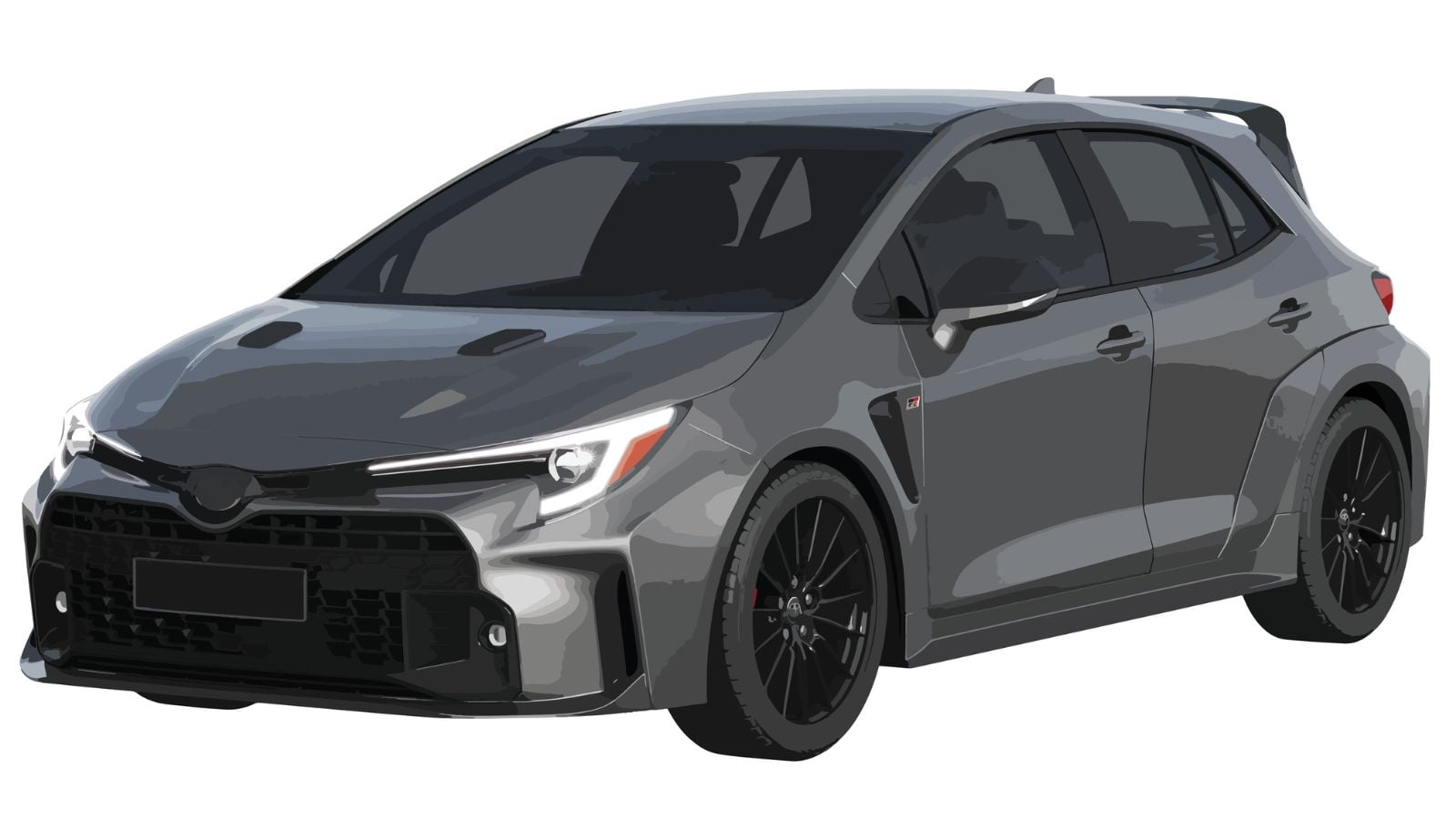
Honda’s Fit, introduced in 2001, impressed with its spacious interior and innovative Magic Seat, which allowed for various seating and cargo configurations. Its 1.5L engine delivered a respectable 0 to 60 mph of 8.5 seconds. The Fit’s clever design quickly made it a favorite among those seeking a practical yet fun-to-drive compact car.
Subaru Impreza
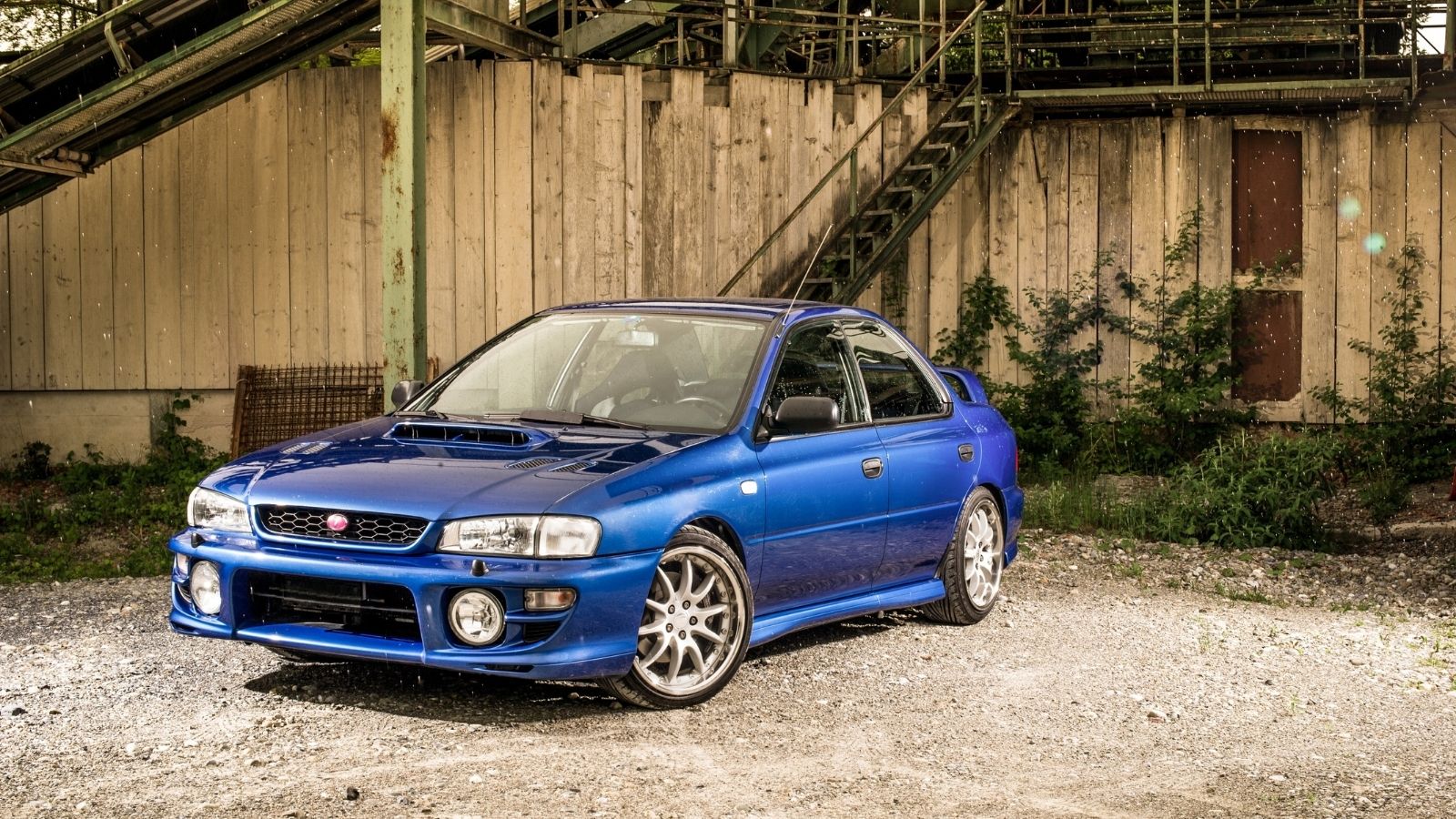
Subaru’s Impreza, debuting in 1992, introduced all-wheel drive to the compact market. Its 2.0L engine and rally-inspired styling delivered a 0 to 60 mph of 8.5 seconds. Inside, the Impreza catered to adventurers with durable materials and a straightforward layout, making it a rugged choice in the compact segment.
Mazda2
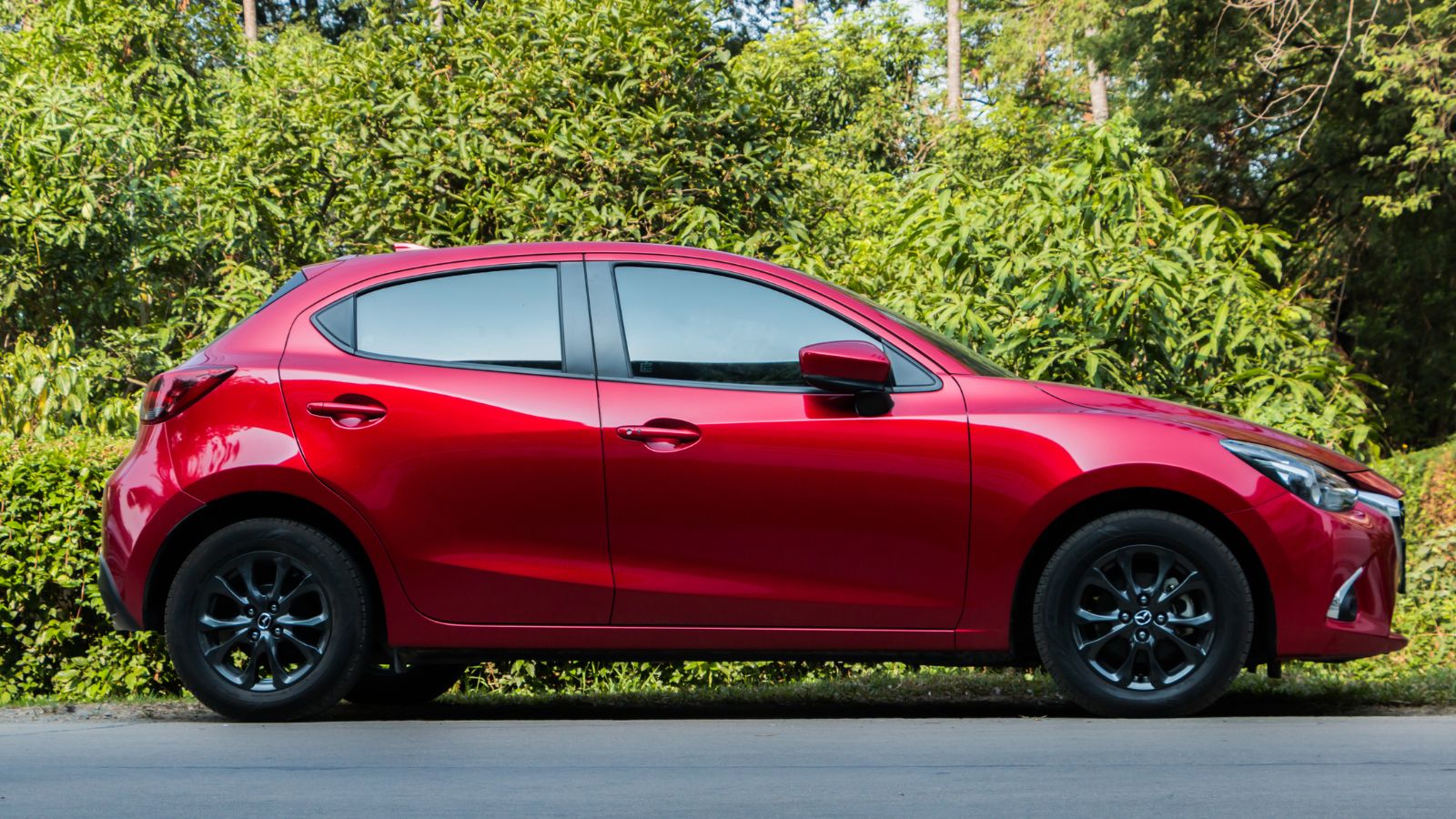
The Mazda2, launched in 2007, brought a peppy 1.5L engine and agile handling to the compact segment. With a 0 to 60 mph time of around 10.5 seconds, it was quick and nimble for city driving. The interior was designed with the driver in mind, featuring simple controls and supportive seats, making maneuvering through tight city streets enjoyable.
Volkswagen Polo GTI
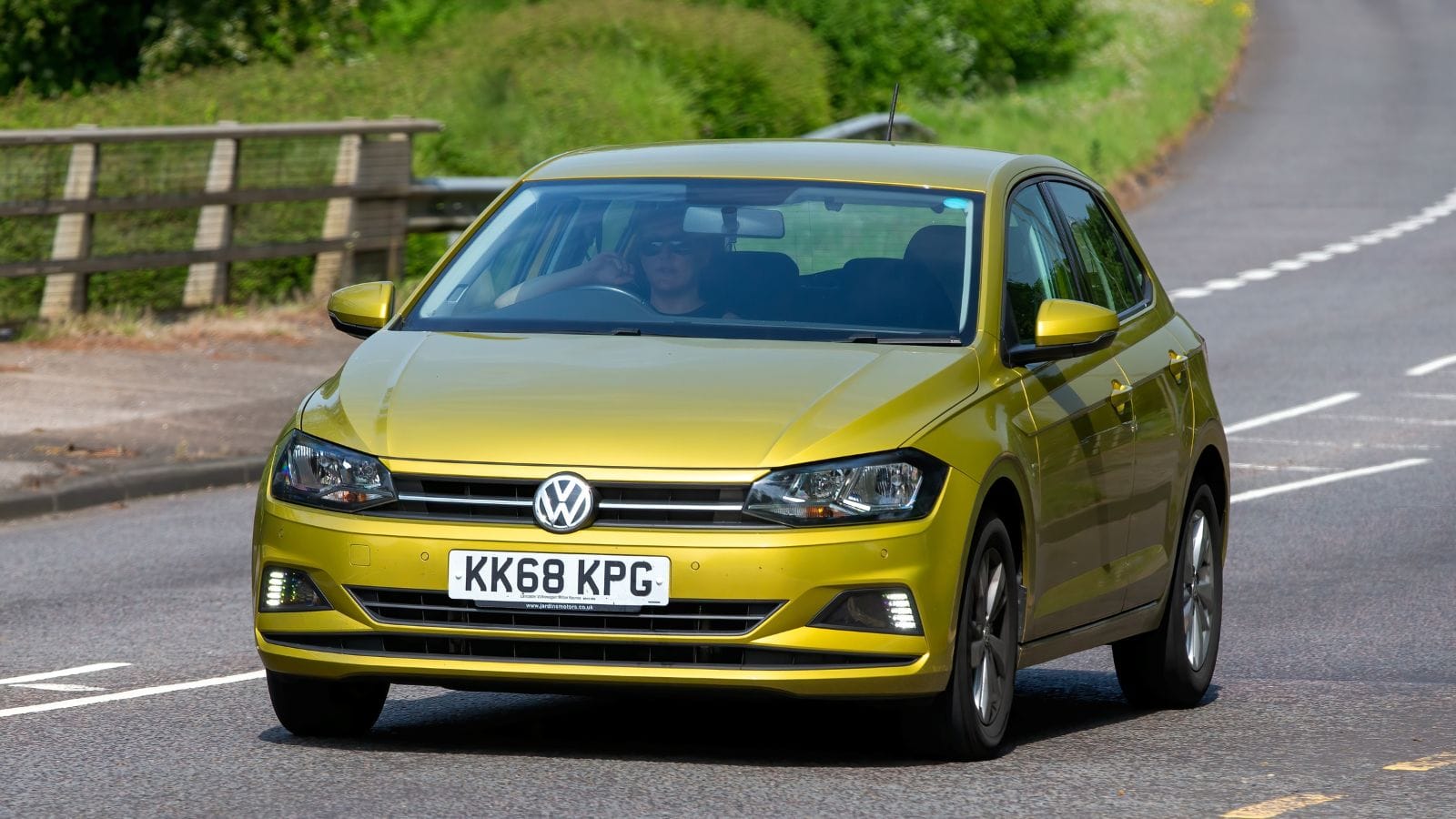
Volkswagen’s Polo GTI, introduced in 1998, was the smaller sibling to the Golf GTI. It was equipped with a sporty 1.8L turbocharged engine and reached 0 to 60 mph in 6.9 seconds, offering the thrills of a hot hatch in a smaller package. Inside, the Polo GTI featured a sporty layout with premium materials, delivering style and comfort to the compact segment. It proved that a pocket-sized powerhouse could combine performance and sophistication.
Citroën C3
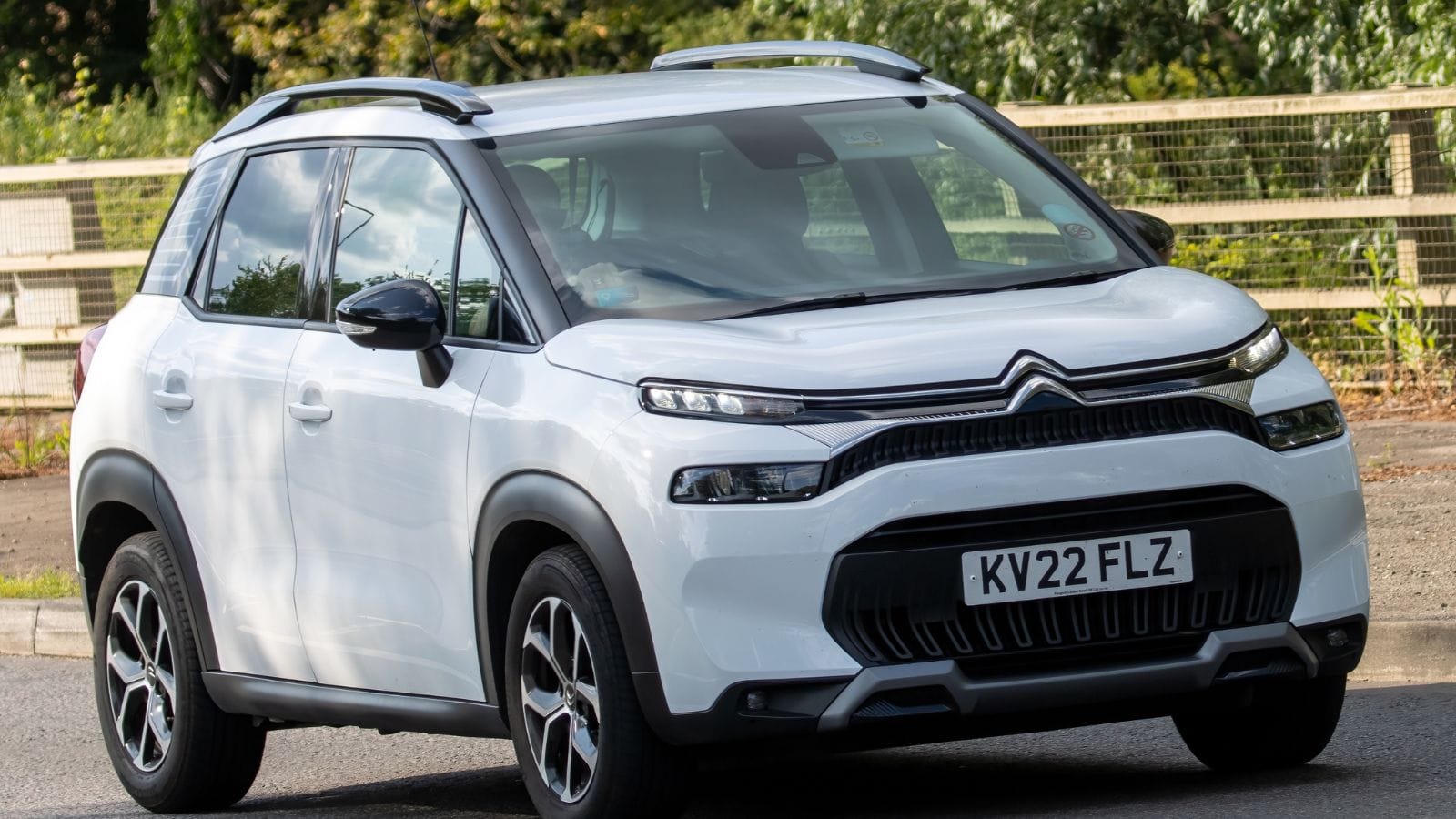
Launched in 2002, the Citroën C3 is known for its unique styling and quirky design elements. It came with a 1.4L engine focused more on fuel efficiency than speed, achieving a 0 to 60 mph time of approximately 11 seconds. The interior prioritized comfort with a spacious layout and a high seating position that provided a commanding view of the road. Features like the panoramic windshield made it a popular European choice for those seeking something different.
Volvo C30
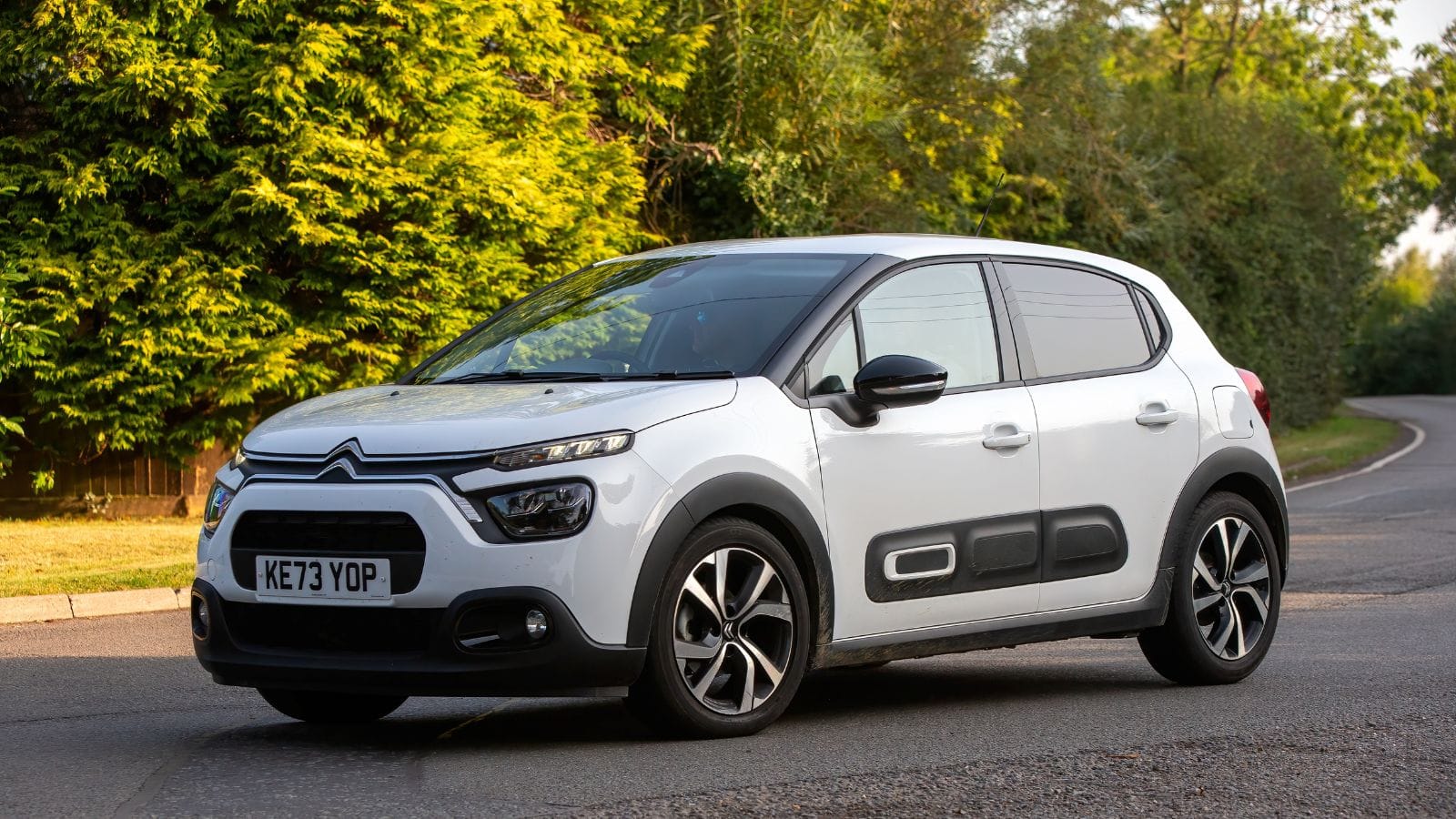
The Volvo C30, introduced in 2006, was a stylish and sporty compact hatchback that stood out from the crowd. With a 2.5L turbocharged engine, it boasted a 0 to 60 mph time of 6.2 seconds, making it one of the quicker options in the compact category. The interior blended luxury and practicality, featuring high-quality materials and a unique rear hatch design that offered versatility and style. The C30’s combination of performance, safety, and Swedish design made it an appealing choice for those seeking a compact car with flair.
18 Budget-Friendly Electric Cars That Last Longer Than Their Loans — Economical Electrics
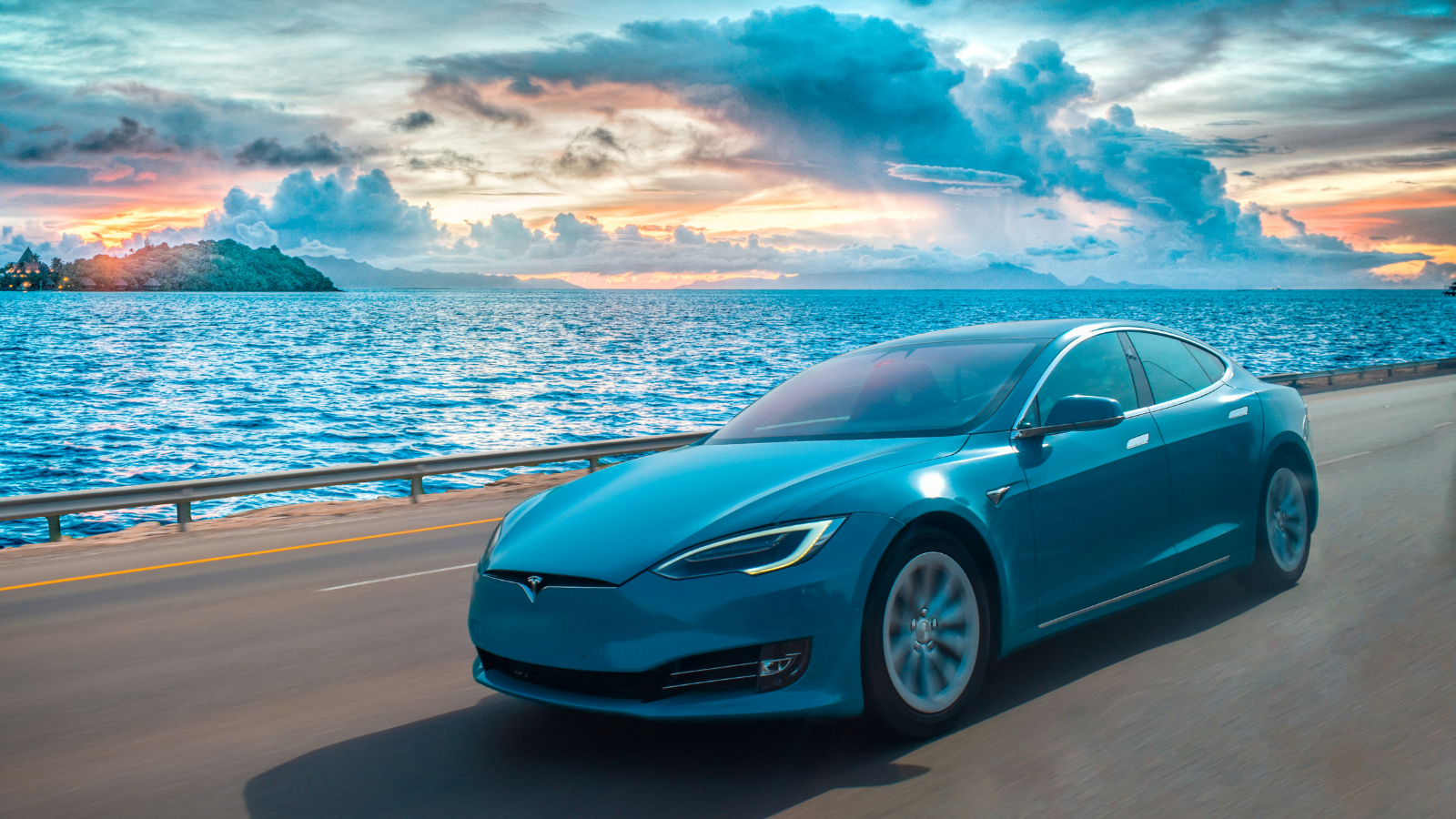
Electric vehicles are no longer a luxury for the elite—they’re a smart investment for the everyday driver. With manufacturers stepping up to the plate, affordable EVs now deliver on reliability, range, and modern comforts. Here’s a look at 18 economical electric cars engineered to outlast their payment plans.
18 Budget-Friendly Electric Cars That Last Longer Than Their Loans — Economical Electrics
